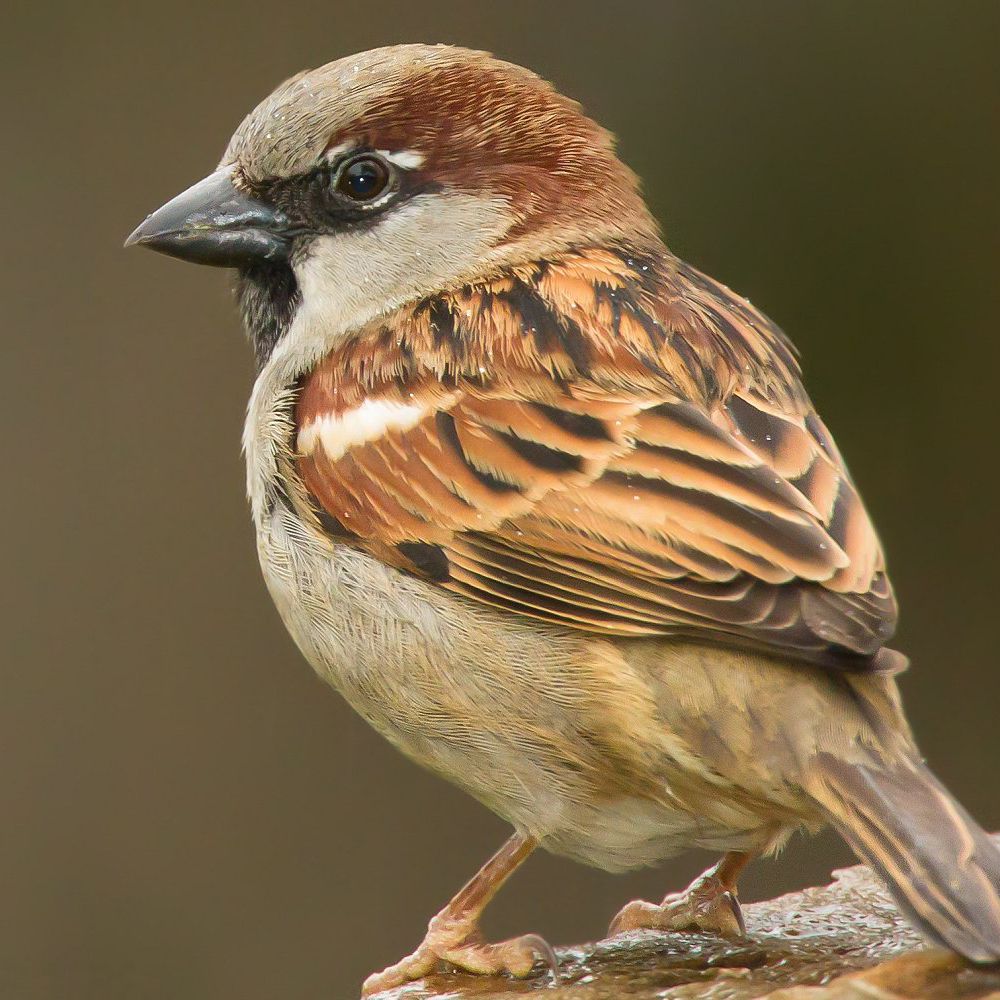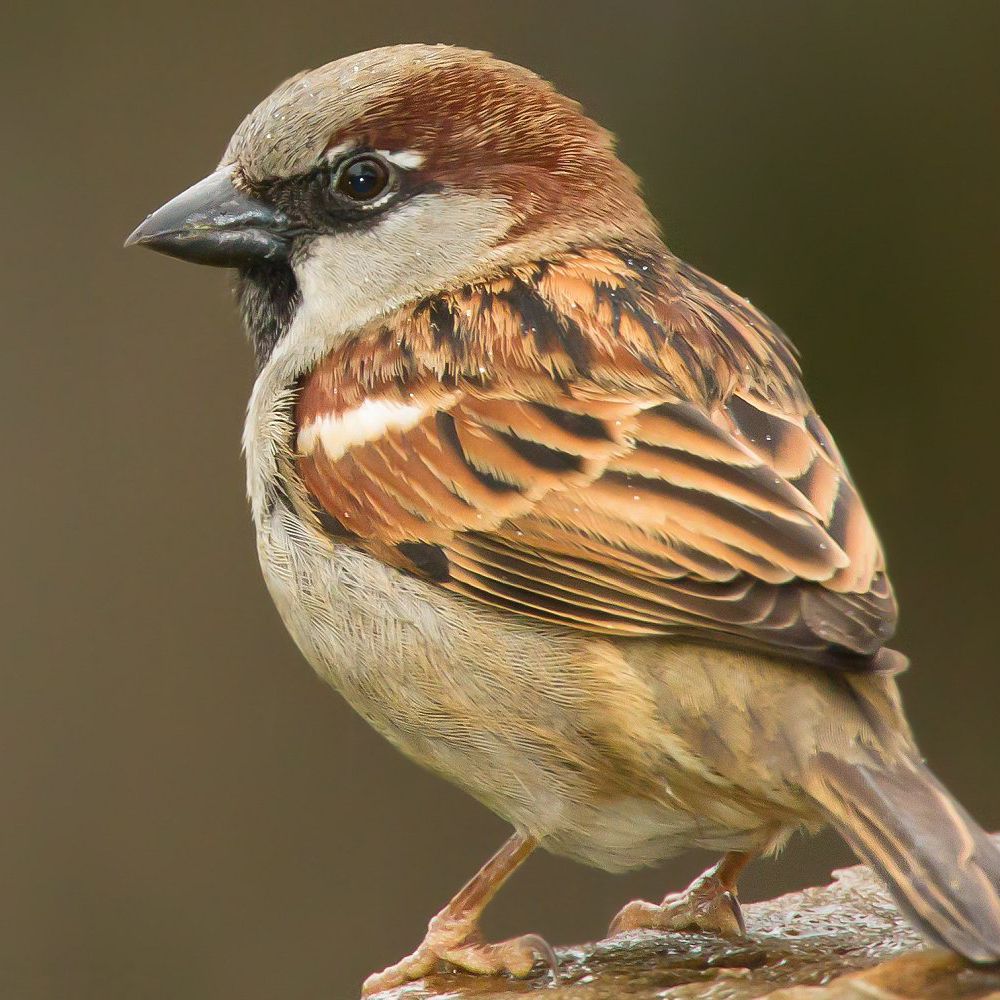
You can find House Sparrows most places where there are houses (or other buildings) in a handful of locations in which there aren’t. Alongside two other introduced species which include they are the European Starling and the Rock Pigeon, these are some of our most popular birds. Their constant presence on our doors makes them easy to ignore as their ability to displacing native birds from nest boxes causes some people to be angry at these birds. However, House Sparrows, with their capacity to live so intimately with us, are just recipients of our own successes.

Habitat
House Sparrows are closely associated with people and their buildings. Look for them in cities, towns, suburbs, and farms (particularly in areas around livestock). They aren’t found in vast forests, woodlands, or in grasslands. In extreme environments , like deserts or in the north, House Sparrows survive only within the immediate proximity of people.
Food
House Sparrows eat mostly grains and seeds, along with livestock feed and, in cities, discarded food. The crops they consume are corn, oats, wheat and sorghum. Wild food items include ragweed crabgrass, and Buckwheat. House Sparrows readily eat birdseed such as milo, millet along with sunflower seeds. Urban birds readily consume commercial bird seeds. In the summer, House Sparrows eat insects and feed their young. They catch insects through the air, either by playing with them, or through following lawnmowers or by going to lights at dusk.
Behavior
House Sparrows hop rather than move on the floor. They are social, feeding in large numbers and squabbling over seeds or crumbs on the ground. House Sparrows are a common sight at bird feeders; you might also spot them bathing in street-side puddles or dustbathing on the open ground, flapping their feathers while flicking the dust or water over themselves in similar movements. Due to their close contact, House Sparrows have developed various ways of signalling the dominance of their species and the submission to it. They are frightened to are known to flick their tails. Aggravated birds crouch with the body straight, then move their heads forward, and then gradually spread out and spread their wings. They then keep the tail straight. This can intensify to a display that includes wings elevated as well as the crown and throat feathers extending to the sides as well as tail feathers that are fanned. beak open. Males with more black on their throats are more dominant than males who have less black. When males display to potential partners, they fluff up their chest, hold their wings with their arms open as they fan the tail and then sway towards the female, moving sideways and bowing occasionally upwards and downwards. Some males who observe an event will fly in and begin displaying in the same manner. In flocks males are more dominant over females during fall and winter. Females take over during spring and summer.
Nesting
House Sparrow nests are made of coarse dried vegetation that is often put into the hole until it’s nearly full. The birds then use higher quality materials like feathers string, feathers, as well as paper for the lining. House Sparrows may build nests close to each other, and these neighboring nests can be surrounded by walls. House Sparrows often reuse their nests.



